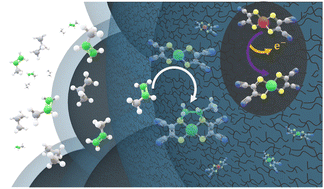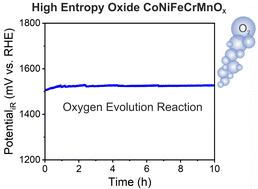Energy Adv., 2024, Advance Article
DOI: 10.1039/D4YA00025K, Review Article
DOI: 10.1039/D4YA00025K, Review Article
 Open Access
Open Access This article is licensed under a Creative Commons Attribution-NonCommercial 3.0 Unported Licence.
This article is licensed under a Creative Commons Attribution-NonCommercial 3.0 Unported Licence.Naomy Chepngetich, Gloria M. Mumbi, Getnet Meheretu M., Koech K. Richard, Geoffrey K. Yegon, Sarah C. Chepkwony, Charles Rono K., Dahiru Sanni, Abdulhakeem Bello, Esidor Ntsoenzok
Phytochemical-based additives have functional groups that can modulate the nucleation and crystallization process of perovskite films resulting in improved optoelectronic and degradation resistance.
To cite this article before page numbers are assigned, use the DOI form of citation above.
The content of this RSS Feed (c) The Royal Society of Chemistry
Phytochemical-based additives have functional groups that can modulate the nucleation and crystallization process of perovskite films resulting in improved optoelectronic and degradation resistance.
To cite this article before page numbers are assigned, use the DOI form of citation above.
The content of this RSS Feed (c) The Royal Society of Chemistry










